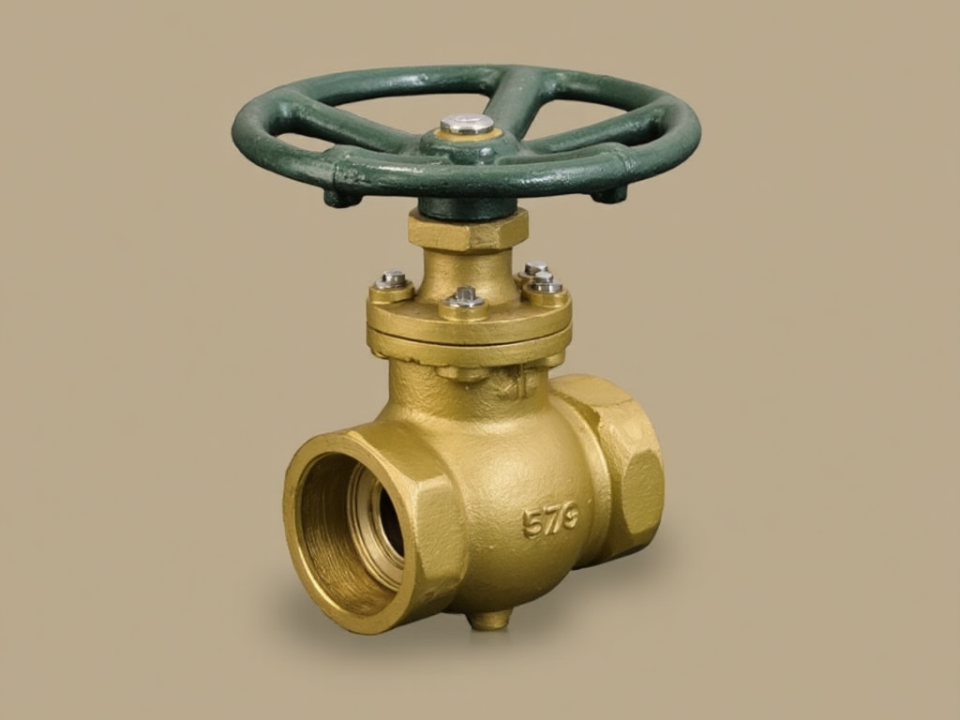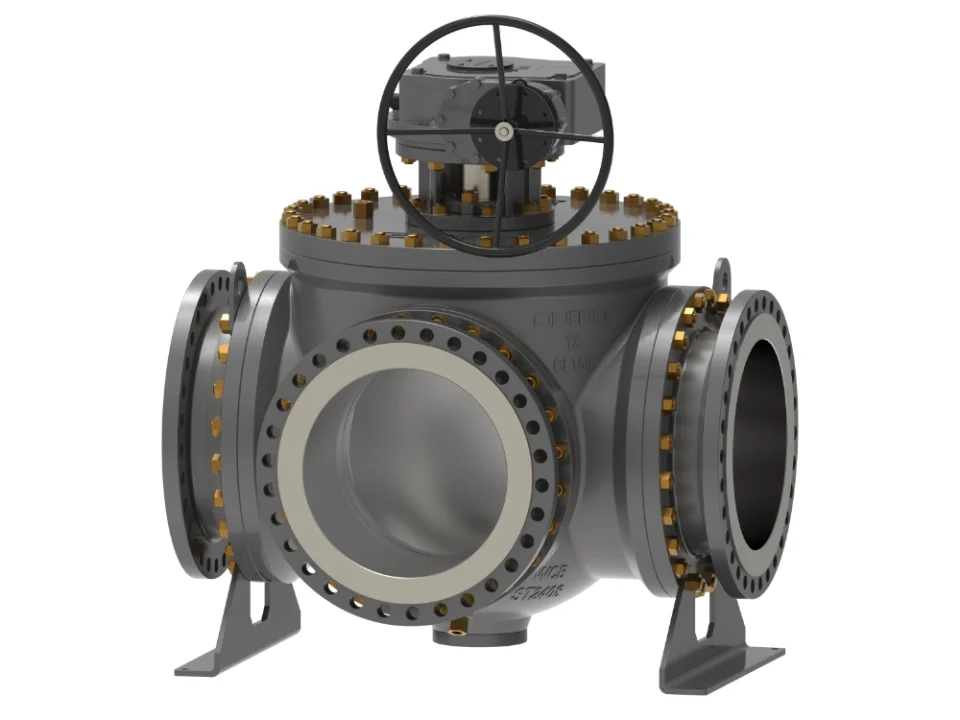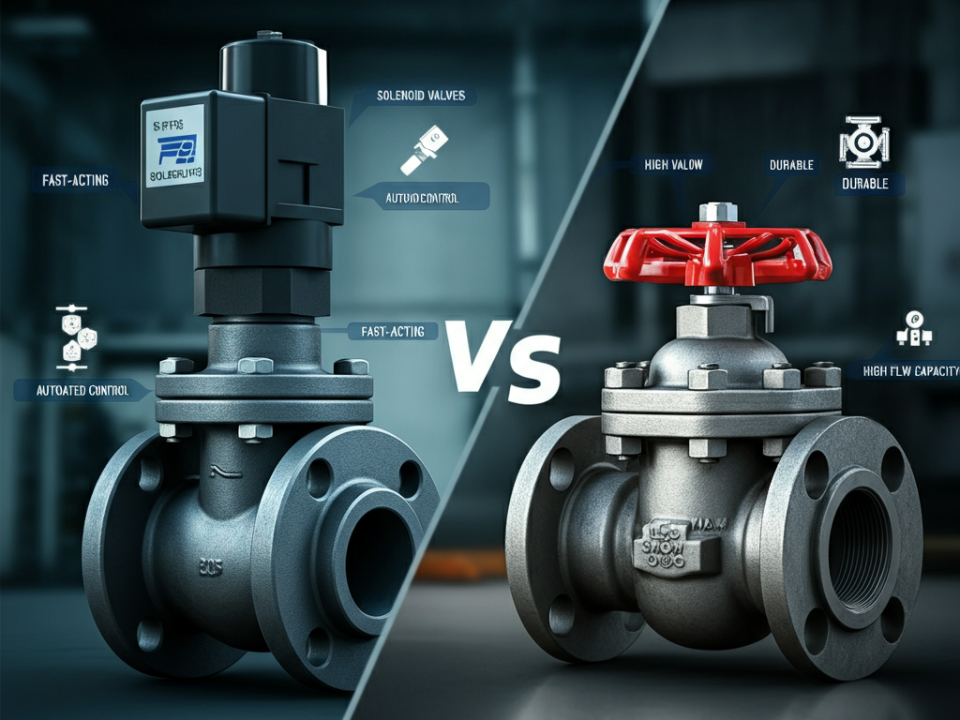Ball valves are essential parts of many industrial systems, and long-term reliability and effective functioning depend on regular maintenance. Frequent maintenance and quality checks reduce the likelihood of malfunctions, expensive repairs, and downtime by assisting in the early detection and resolution of such problems. The productivity and efficiency of industrial operations depend heavily on the lifetime and effective operation of industrial valves. We will examine the many kinds of industrial valves, their uses, and the crucial procedures for efficient valve maintenance. Businesses can ensure the long-term reliability and performance of their-valve systems by understanding the common causes of valve failure and implementing routine maintenance protocols.
The importance of ball valve maintenance
Durability:
Longer-lasting and almost maintenance-free valves save plants money, minimize downtime, and maintain plant output schedules. Ball valve problems might go unnoticed by irregular maintenance and quality inspections, which could result in malfunctioning machinery, broken components, or worker injuries.
Safety and security:
On a plant floor, an avoidable mishap resulting in casualties or expensive repairs is the worst-case scenario. Maintenance professionals who have received the necessary training in the installation and evaluate ball valves may quickly and readily detect possible problems, reducing the likelihood of an emergency repair or OSHA violation.
Reduced the requirement for shutdowns:
Unplanned downtime is costly since it costs money to keep the facility idle, and loses out on potential income. Production in the facility can continue unhindered by doing ball valve maintenance while the valve operates.
Cost savings:
Reduced maintenance problems allow the business to keep more money, as higher uptime translates into more revenue. Requiring money for unforeseen repairs or replacements will be lowered if ball valves are routinely inspected, maintained, and replaced according to a planned timetable.
Ball valve maintenance steps:
Methodically maintaining ball valves is crucial to preventing issues before they arise.
Regular cleaning:
Ball valves should have regular-cleanings to prolong their life. Cleaning them should be done at least once a year/more frequently if the region is too dusty or dirty. Use cleaning agents that are safe for the valve’s materials like metal parts, using gas or compressed air; for non-metal parts, use alcohol or water.
Lubrication of valves:
Choose a lubricant, such as an oil-based, synthetic, or water-insoluble lubricant valve material and system media. Solid or clay-based lubricants, on the other hand, should be avoided as they might collect within the valve cavity.
Check the following parameters:
The equipment may be damaged if the valve shifts or fails due to loose bolts and nuts.
Mineral accumulation or corrosion leaks
Ball valves should operate when they are opened and closed.
Precise indication of location (including static valves)
Sufficient ventilation and air filtering within the vicinity
As needed, swap out the worn-out parts. For additional information, see our article on troubleshooting ball valves.
Regular testing:
To ensure the ball valve is working perfectly, regular testing gets crucial. One such test is pressure testing. To check for leaks, pressure testing entails adding a testing fluid to the valve body and exerting pressure for a certain amount of time.




